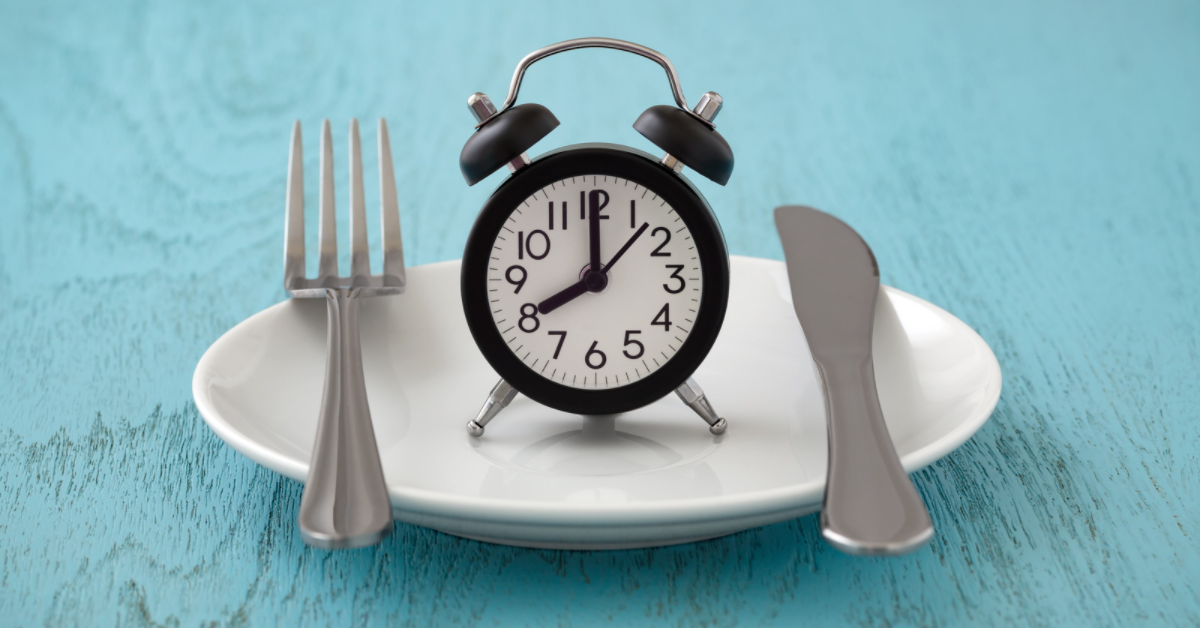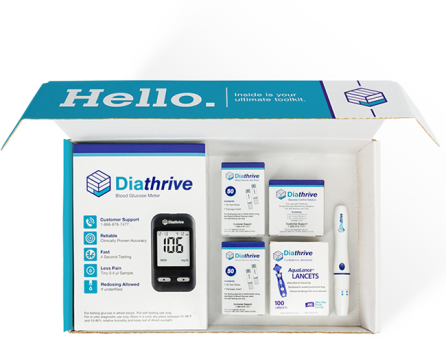
Here’s what to know about normal and abnormal fasting blood sugar, when to check, and strategies to better manage blood sugar.
Checking your blood sugar is one of the most important aspects of your diabetes management plan, and your blood sugar meter is one of the most important devices in your tool box.
With the right information and tools available, you can better manage blood sugar and live a healthy life with diabetes. Knowing how to test blood sugar and what tools to use is an important first step.
As you are living with diabetes, you are acquiring all the knowledge you need to live a healthy life.
One of the first terms you learn when newly diagnosed with diabetes is blood glucose, also known as blood sugar. You also quickly learned that there are other terms, like fasting blood sugar and postprandial blood sugar, that you also need to know about, and which we’ll explain here!
Let’s first review blood sugar basics.
Blood Sugar Basics
Glucose in your blood is called blood sugar, or blood glucose, and is mostly from digestion of the food you eat. When you eat, your body starts working to process food into glucose and other nutrients your body needs. Nutrients, including glucose, are absorbed from your intestine into your bloodstream. Glucose is your body’s preferred source of fuel and is the main energy source for your body.
Cells in your pancreas, called beta cells, produce insulin. When your blood glucose level rises, your pancreas releases the insulin. Insulin helps get glucose into your cells. Because people living with diabetes make enough natural insulin, or their body isn’t using insulin as effectively as it should (known as insulin resistance), they develop higher than normal amounts of glucose in their blood. Blood glucose levels left high for too long can lead to heart disease, kidney disease and lots of other complications.
When glucose levels in your blood stay within recommended target range, you don’t even know it’s there. But, when glucose levels rise or fall outside target range, it can cause unhealthy effects on your body.
Normal blood sugar levels don’t constitute one specific number, though. Because everyone is unique, “normal” can be a little bit different for everyone. Instead of thinking about what is normal, it is better to think about what your specific blood sugar target range should be.
If you are living with diabetes, your health care provider will establish your target range, though most of the time there are established markers for low blood sugar levels and high blood sugar levels at different times of day that apply to most people.
To understand blood glucose levels a little better, it is best to understand how blood glucose is measured. In the United States, blood glucose is measured in milligrams (mg) per deciliter (dL), and targets for blood glucose concentration are determined generally before and after you have had a meal. Generally speaking, your blood glucose level two hours after a meal (postprandial blood sugar) should be less than 180 mg/dL. Blood glucose levels before a meal generally should be between 80 and 130 mg/dL. And then there's fasting blood sugar.
Fasting Blood Sugar
Fasting blood sugar is one of the key measures for blood sugar, along with postprandial blood sugar. Fasting blood sugar measures the amount of sugar (glucose) in your blood when you have not eaten for 8 to 12 hours.
These two measurements are important in understanding how your body is regulating blood sugar without the effects of food (fasting blood sugar) and how your body is processing food (postprandial blood sugar).
The results of a fasting blood sugar test tells you and your health care provider how well your body is managing blood sugar. Blood sugar peaks about an hour after you eat and then declines after that, unless you are living with diabetes.
If you are undiagnosed: high fasting blood sugar could mean that you have prediabetes or diabetes.
If you have already been diagnosed: blood sugar is that is high or low after fasting could mean that there is an imbalance in your diabetes medication, or maybe that nighttime snacking had more or less carbohydrates than you thought. Or, if your fasting blood sugar is particularly high in the morning, there are some other possibilities, such as dawn phenomenon or Somogyi effect.
Taking a fasting blood glucose test is the first step in evaluating your blood sugar levels and whether or not your medication or treatment plan is working.
The guidelines for fasting blood sugar from the American Diabetes Association indicate:
-
The average blood sugar level is less than 100 mg/dL
-
Over 100 mg/dL and up to 125 mg/dL indicates someone may have prediabetes
-
126 mg/dL or higher indicates someone may have diabetes
The Cleveland Clinic defines normal blood sugar as 100 mg/dL, prediabetes as between 110-125 mg/dL, and diabetes as greater than 126 mg/dL. As you can see, there is some variation in the measurements depending on which organization is writing them, but the guidelines are helpful because the variation isn’t that large between sources.
Even though you have fasted for 8 to 12 hours before testing your blood sugar, there are things that can influence your fasting blood sugar, particularly if you have diabetes. If you ate a large meal, consumed sugary foods or drinks, and/or recently had simple carbohydrates like bread and sweet snacks before bedtime, the effects of these foods could still be in your body when you wake up. The size, specific foods, and your ability to produce or use insulin all contribute to your blood sugar level, even when you have been fasting.
Testing
There are two ways to test fasting blood sugar. First, a conventional blood test you do at home using a blood glucose meter, and second, a glycosylated hemoglobin or hemoglobin A1c (HbA1c) test.
Testing at Home
If you are living with diabetes, you are familiar with the seven simple steps to check your blood sugar. You use the result of a scheduled or random blood sugar test to understand how well your diabetes management plan is working; how your body reacts to certain things like exercise, stress, and the foods you eat; and medication you need to manage your diabetes.
HbA1c Test
The HbA1c test, often referred to simply as A1c, measures glycated hemoglobin in your system. It can also indicate your average blood sugar over the past three months. Normal HbA1c levels range from 4.5 to 5.6 percent for someone who doesn’t have diabetes. An HbA1c level between 5.7 and 6.4 percent indicates that you may have prediabetes. If an A1C test shows a level over 6.4 percent on two separate tests indicates you may have diabetes.
How To Better Manage Fasting Blood Sugar
Better awareness of fasting blood sugar means better management of blood sugar in general. There are many things that can cause blood sugar to rise, and many things you can do to help manage your blood sugar.
The first and most important way you manage your blood sugar is by following your diabetes treatment plan. The best way to know whether or not your blood sugar stays in your target range is to understand how your blood sugar fluctuates throughout the day. This can also help you identify foods and other factors that affect your blood sugar level.
Check your blood glucose level as often as directed by your healthcare provider, or more, and follow your diabetes management plan. This includes insulin if you have type 1 diabetes or are otherwise insulin-dependent, and other types of medications (sometimes including insulin) if you have type 2 diabetes.
Certain lifestyle changes can also help reduce your blood sugar levels. The quantity and type of food you eat is one of the primary ways you can help control blood sugar:
-
Watching your sugar and carbohydrate intake are important to reducing the amount of extra sugar you consume.
-
Eating meals at regular times can help regulate normal blood sugar levels.
-
Fiber is important because it helps slow a rise in blood sugar.
Doing all of these things can help to prevent diabetes complications related to higher blood sugar levels.
There are also lifestyle strategies that can help manage your blood sugar:
-
Watch for high blood pressure and cholesterol.
-
Drinking water helps hydrate your body and helps keep your blood sugar within healthy limits, so quench your thirst with water over sugary athletic drinks or energy drinks.
-
Exercise tells your body it is time to turn sugar into fuel for your muscles. Exercise works well for people living with type 2 diabetes because it can help increase insulin sensitivity, which means your cells are better at using the available sugar in your bloodstream.
-
Stress causes your body to release cortisol and glucagon that cause your blood glucose levels to rise.
-
Sleep deprivation also increases cortisol levels, which affects blood sugar management.
-
For women, monitoring hormone fluctuations can be helpful as well.
Wrapping Things Up
Fasting blood glucose level is an important measurement in diabetes management because it tells you how your body is regulating blood sugar without the effects of food.
Higher than normal fasting blood sugar levels could mean you have prediabetes, diabetes, or your diabetes management needs to be evaluated.
Consult your healthcare team if your fasting or postprandial blood sugar levels are consistently outside your target range because you may need to adjust your diabetes care plan.
Sources:
Diabetes - Diagnosis and treatment | Mayo Clinic
Blood Sugar Tests | Cleveland Clinic




